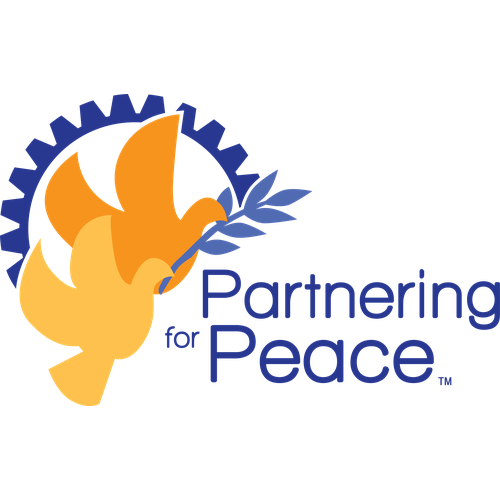by Ruta Casabianca
Summary:
Bob Roberts signed up for the adventure of a lifetime in 1962 as one of the first Peace Corps Volunteers to travel to the highlands of Peru to learn and advise potato farmers and help organize cooperatives. He and his wife Betty, whom he met during those auspicious two years, have continued their service and with the Rotary Foundation, US and Peruvian Rotary clubs, supported the construction of 145 greenhouses. A life-long partnership begins in Peru in 1962 between Peace Corps and Rotary
Bob Roberts signed up for the adventure of a lifetime in 1962 as one of the first Peace Corps Volunteers to travel to the highlands of Peru to learn and advise potato farmers and help organize cooperatives. That first group included Betty, who became his wife. Bob was first introduced to Rotary during his Peace Corps Volunteer days. “I was more or less the gringo in charge of dealing with the Spanish speaking folks in Huaraz, who controlled the region. The local Rotary Club made me an honorary member and was a strong supporter of our work.” Upon retiring nine years ago Bob joined the Mill Valley club.
The Rotary Foundation, US and Peruvian Rotary clubs have supported the construction of 145 greenhouses, helping over 800 individuals over the past 30 years [t4t1] and they are continuing today. These greenhouses, located at 13,000 feet in the Andes of Peru, are changing the lives of Quechua-speaking farmers. Within a year, they move from subsistence agriculture, a diet of mostly potatoes, to improved nutrition and sustainability in the market economy.
The Peruvian host partner is the Los Alamos de Montericco Rotary Club in Lima, which works closely with the local non-profit, Kusimayo (River of Happiness in Quechua). Kusimayo began working with the indigenous farmers in the Altiplano de Puno over a decade ago. The founders, Joaquin de la Piedra and Laura Fantozzi Riveros, began by listening to the mothers. A breakfast program for children and elders, followed by a unique home heating project, that led to the greenhouse idea. Generational poverty and poor nutrition are deeply felt needs in the indigenous rural communities of Peru.
Kusimayo worked with Instituto para una Alternativa Agraria (IAA), which has developed a variety of technologies appropriate for the Andean farmers. Peer to peer training was the key to success. They assisted the farmers in the planning and layout of the greenhouse including the development of water sources, selection of crops, agricultural techniques, training families how to cook and prepare foods they had never tasted before and marketing of surpluses. Each year, most of the families construct the 65’x16’ adobe walls, plant and harvest their first crops. During the year, Kusimayo trains the families with basic accounting practices. Collectively, the families consume 60% of their harvests and market the 40% surplus in the local markets; truly a sustainable project.
Today, Bob emphasizes, he has passed on the baton to his surrogate daughter Jackie (who moved in with Bob and Betty when Jackie's father asked them to protect her from the Sendero Luminoso who were kidnapping family members of prominent families in Peru) and to
Rita Sedano-Garcia, “our club’s International Chair and the lead on current and recent Global Grants[t4t2] . As a Peruvian and a professional banker, currently with Citibank, she is very involved and very good.”
Volunteers cycled through Peru between 1962 and 1975. PCVs returned in 2002, but were evacuated this past January due again to economic and political instability.
